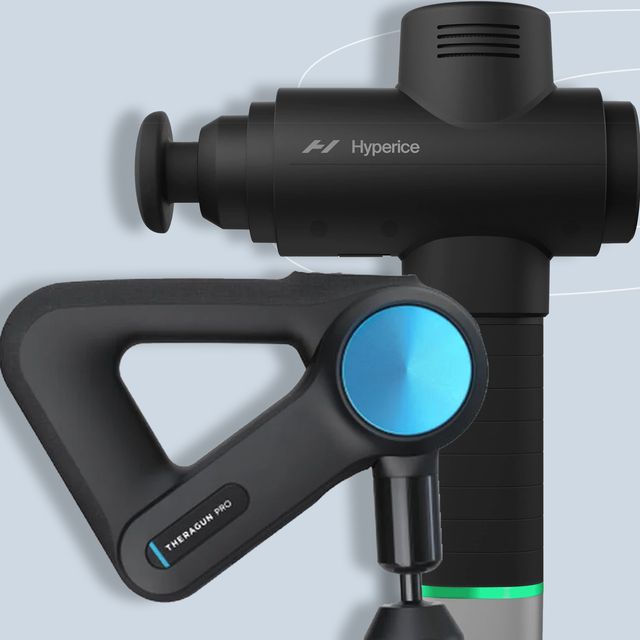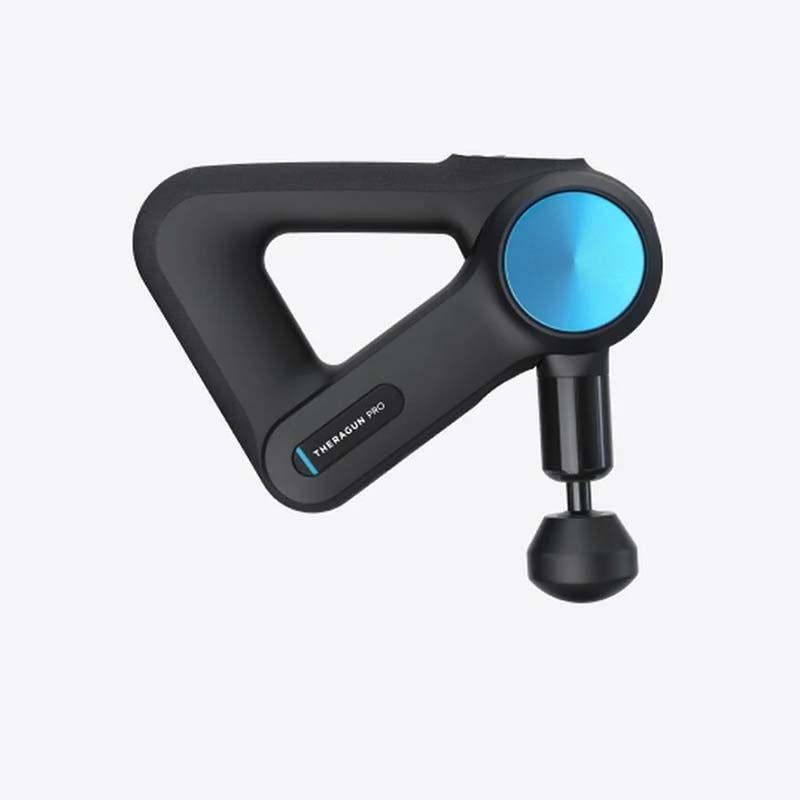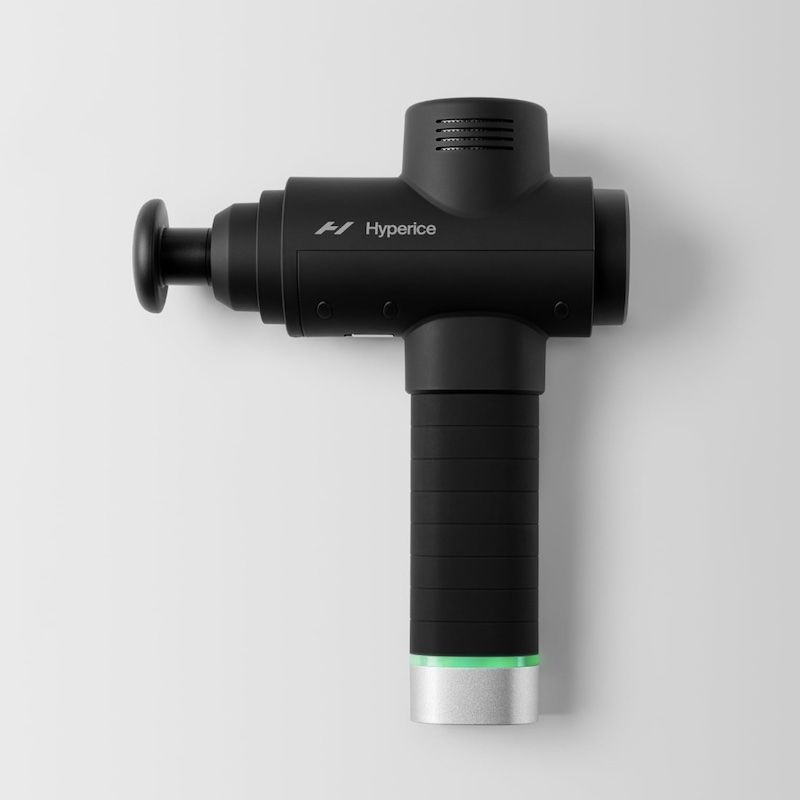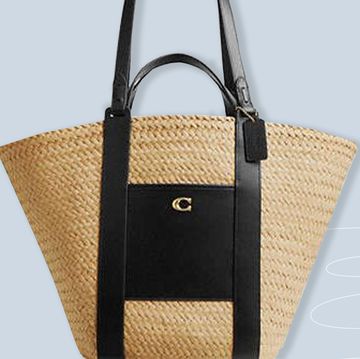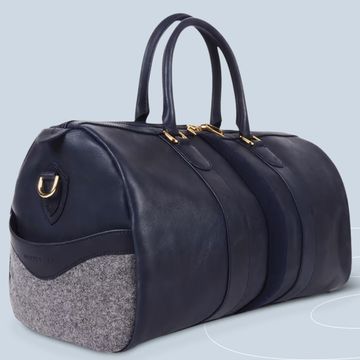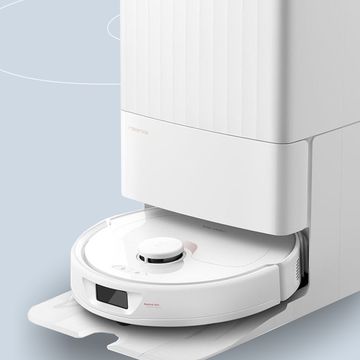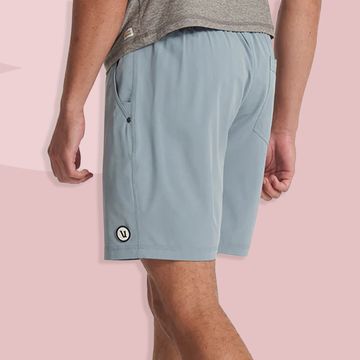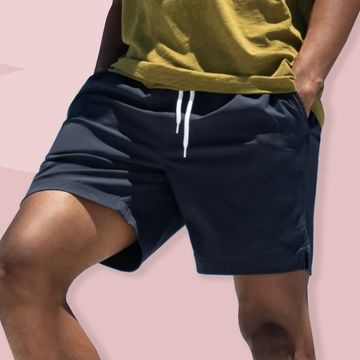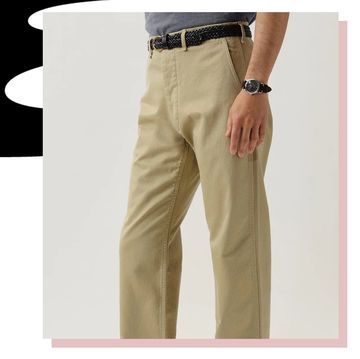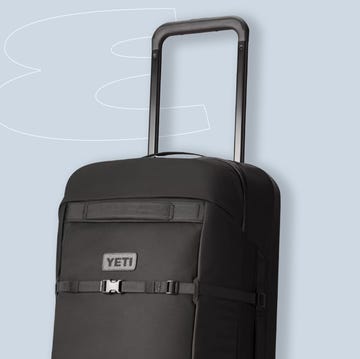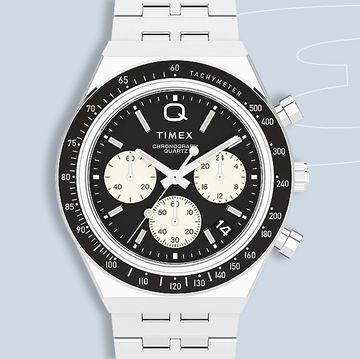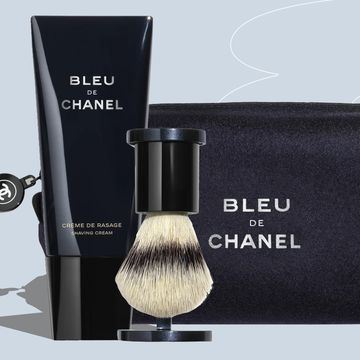It wasn't until Therabody (née Theragun) started running ads with Cristiano Ronaldo that I realized they want to sell these things. And not just to athletes and PTs. Sure, I knew about them through friends who played college sports almost a decade ago, but now we're getting used to having top-of-the-line tech all around us. It was those Cristiano Ronaldo ads that me realize massage guns—technically, they're called percussive massagers—are a consumer product. CR7 is no longer a Therabody ambassador—speculate amongst yourselves—but ads with the world's biggest sports star signaled how big Theragun would become.
And along that same timeline, I was aware of Hyperice, which kind of mastered influencer marketing before it was the thing. I was a teen seeing Kobe, LeBron, and in-his-prime Blake Griffin sitting on benches wearing these weird-ass compression slings with HYPERICE all over them. All my friends and I wanted that weird shoulder sling Kobe wore.
Now, in 2023, Therabody and Hyperice have established themselves as the two powers in consumer sports recovery. Each brand carved out deals with teams, leagues, and athletes. Theragun became Therabody and started making compression and temperature recovery gear. Hyperice moved into the percussive massager market with the Hypervolt.
And so we're here! What got you into this whole mess? Percussive massagers. What does every marathon-running friend use? A percussive massager. What are you looking to buy right now? A percussive massager.
Q: So, who actually makes the best massage gun—excuse me, percussive massager? Hyperice or Therabody?
A: Honestly, it's Therabody. And it comes down to the fact that Therabody started as Theragun. Massagers are the brand's bread and butter, and you can tell. Does that justify the price differences between Theraguns and Hypervolts? Eh... depends on who you are. If percussion massaging is going to be part of a fitness routine for years to come, shell out for a Theragun. If you're on the fence, or just need some at-home massaging for standard neck and back pain, a Hypervolt is more than adequate.
Theragun Pro, 5th Gen
The first thing I noticed with the Theragun is the ergonomics, and, funnily enough, that's really what sets it apart from the Hypervolt. The obvious things are the triangle handle and the adjustable arm angles—both of which made it easier when I was massaging myself, which ended up being 99.95 percent of the time I was using either product. But more surprisingly ergonomic is how the Theragun is weighted. I guess it's because of that triangle shape, but the Theragun feels light and maneuverable. After using both devices without checking the specs, I assumed it was about a half-pound lighter than the Hypervolt, but the Theragun is actually about a quarter-pound heavier. It blew my mind a bit. But the real outcome is that it's just a lot easier to use on yourself. After a week's worth of workouts, I was never having to contort my arms to hit my back or getting tired of holding the massager in one position. It was always easy.
Another reason why the Theragun wins is its premium touches. Again, the triangle shape allows it to fit in a very compact carry case (included with purchase). Whenever I was traveling, I always reached for the Theragun because packed in that case, it just sat at the bottom of my bag so easily. This would be a big deal for serious runners, who are flying out to races and already packing two or three pairs of shoes in a carry-on. But it also made it easier to bring around day to day.
Another premium touch is the little OLED display. The buttons on the Theragun are a bit difficult to use—I'll come back to this in the Hypervolt section—but that OLED display makes it easy to see your current speed and routine. Not a huge deal, but it makes the overall experience more premium.
Honestly, that's about all that separates the two massagers: Ergonomics and a few premium touches. Does the Theragun leave me feeling more limber than the Hyperice? No. Does it help me recover any faster? No. Are the attachments significantly higher quality? Not really. The Theragun is just a more complete, considered product, and that only becomes evident the more you use it. For something I'm going to use at least four times a week for the rest of my life (I assume) that's worth an extra $200 to me.
Hypervolt 2 Pro
So is the Hypervolt bad? Not at all. It's actually the one I recommended for my dad, a daily distance runner. The reason is the interface. Around that OLED screen I love on the Theragun are four very small, not-incredibly-tactile controls. Left and right switch the routine, up and down adjust the speed. I'm a 24-year-old who's never worn glasses, and I find the Theragun controls almost too small. On the other hand, the Hypervolt has a simple, intuitive dial control. The entire round portion on the backside of the head is the dial. Turn it clockwise once, you're at Speed One (1750 RPMs) and the first light turns on. Turn it one more click, you're at Speed Two. And it continues to Speed Five (2400 RPMs), where a sixth clockwise click turns it off, and you start back at zero. For me, it is satisfying and intuitive. For my dad, or anyone getting up there in age—especially those who might be at the arthritis stage of living—that dial just makes it a million times easier. The only issue: It's exclusive to the top-of-the-line Hypervolt 2 Pro. Lower-tier models use a button system.
That one plus aside, the Hypervolt is a generally less-polished product. The long—forgive the analogy—pistol grip helped when I want to solo massage my back, but it puts all the massager's weight at the top of a nearly foot-long grip. It feels top-heavy, and just that little bit harder to control, compared to the Theragun. Beyond that, it didn't feel as premium as the Theragun. The attachment pouch isn't as nice. There's a full case, but it's sold separately.
And that's about it. If Hyperice addresses some of those little things, I really think it could win this product showdown, especially considering the current price comparison. It's the product I would recommend to the casual athlete, nine-to-five desk worker, or a golden years patient doing some at-home PT. But currently the Theragun is a better product, no way around it.
Where are the Theragun and Hypervolt tied?
Before I bid you adieu, I feel the need to talk about two places where each brand didn't particularly wow me: their apps and noise level.
Both boast about how quiet the massagers are, yet I didn't really notice. I could use either of them next to my girlfriend when she was on the computer working, not when she was asleep. Beyond that, I don't think decibels really matter.
As for the apps, both are just fine. If you're new to any type of physical therapy, both have great, easy-to-follow routines, as well as a few informational videos. Both Theragun and Hypervolt allow you to connect your wearables or health apps for tailor-fit routines. But after a few days with each device, I found myself never opening the apps. Instead, I would pick my desired attachment, set my desired speed, and hit my desired muscle group. Simple as.
